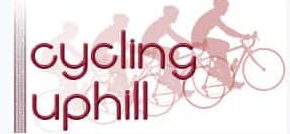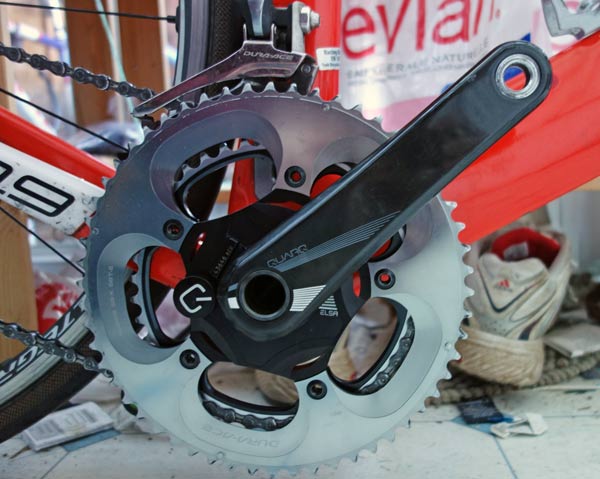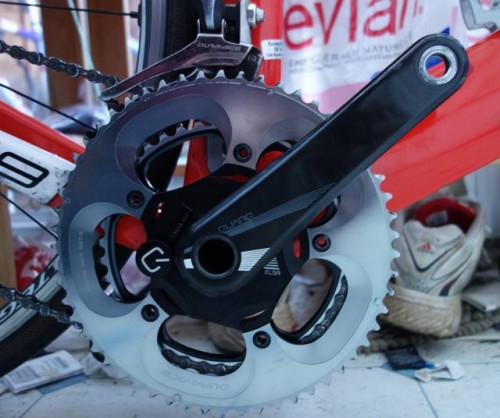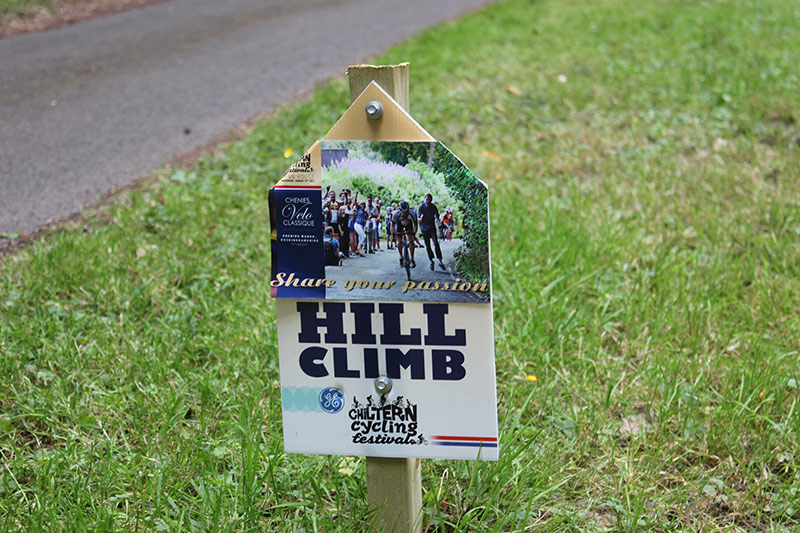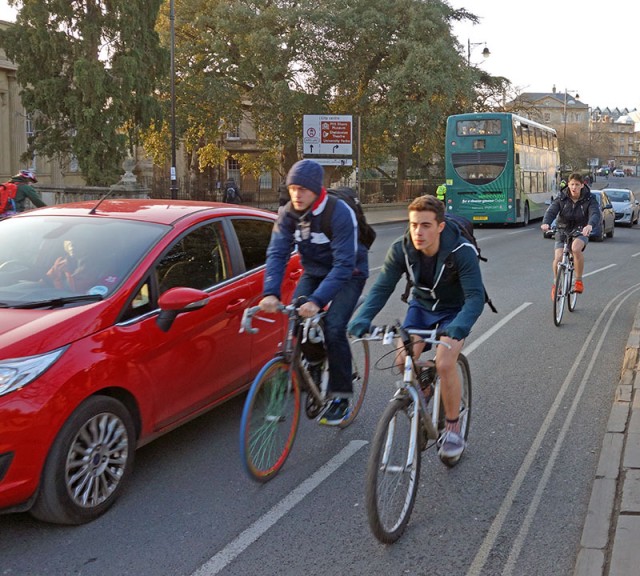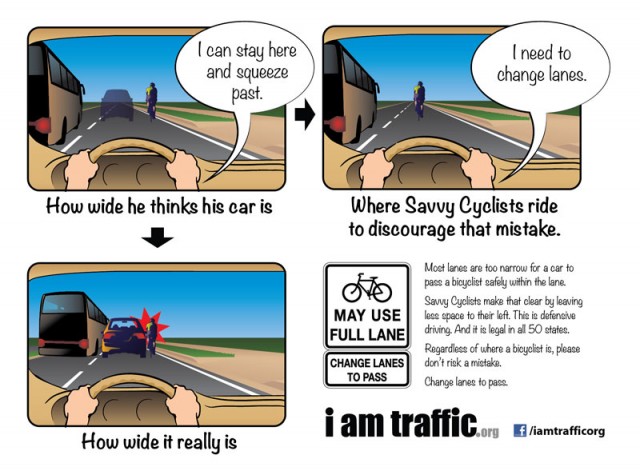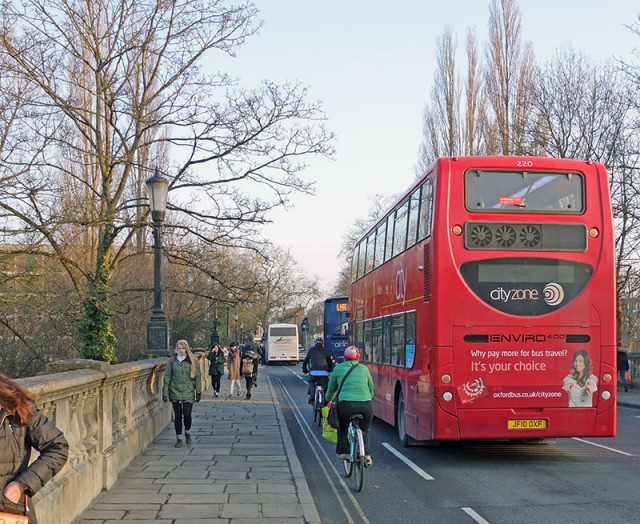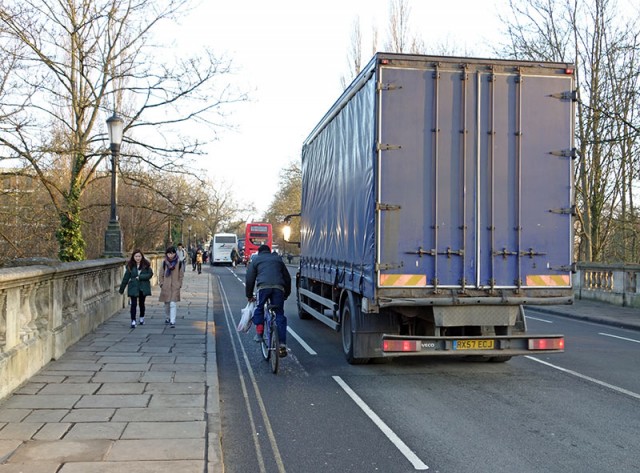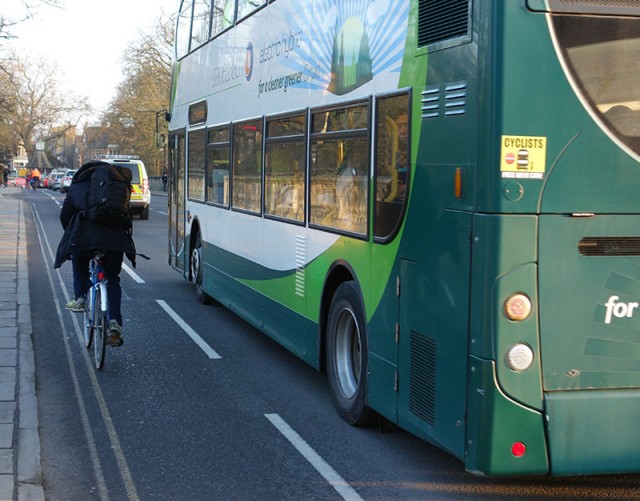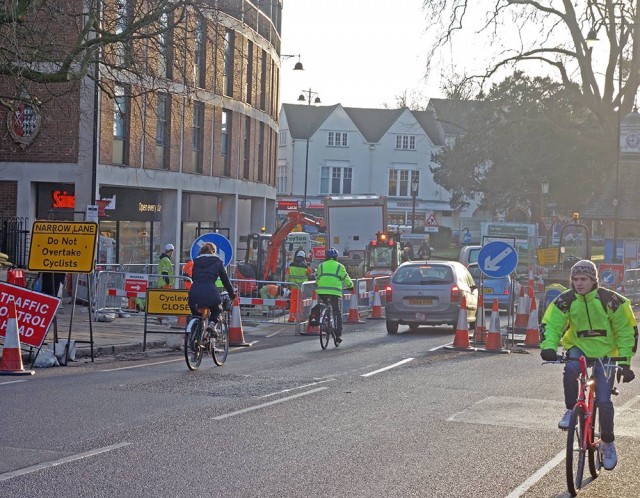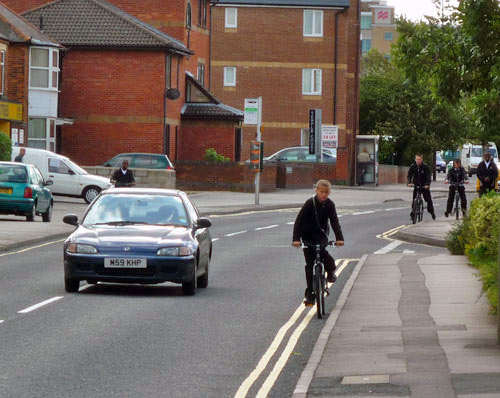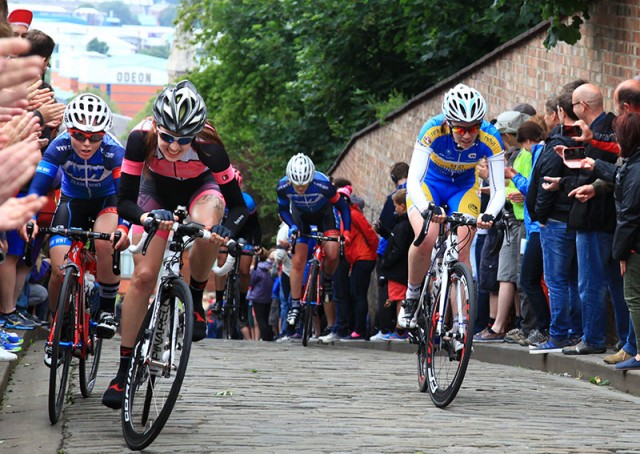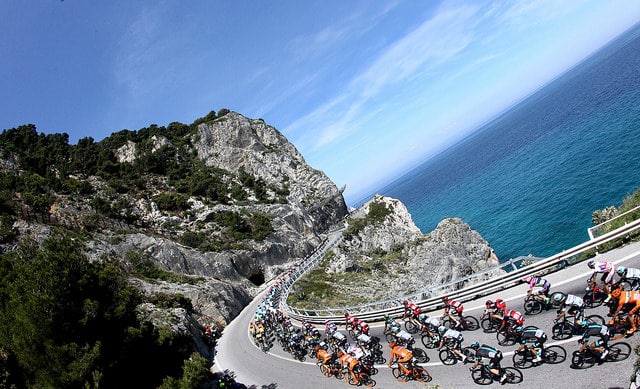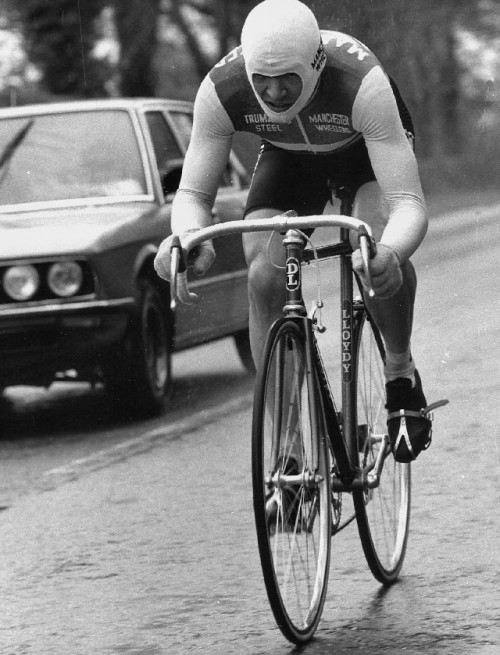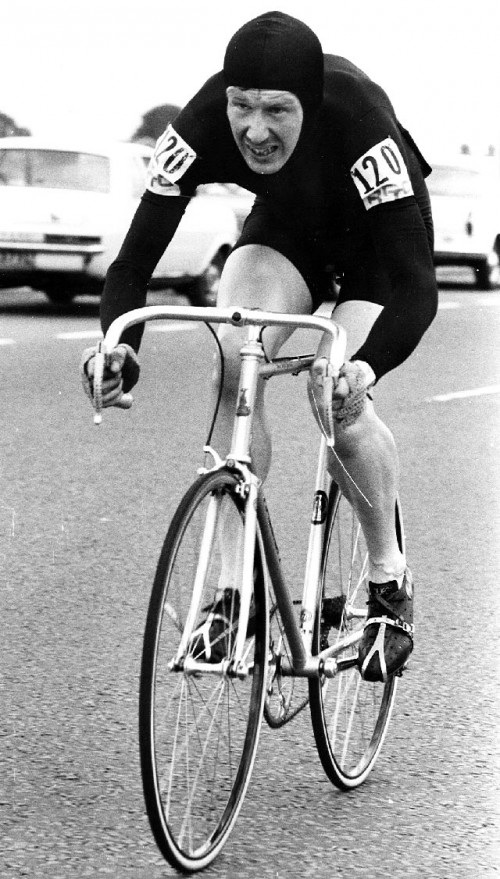If power meters had never been invented I would be quite happy. They cost a lot of money and in the past two years I’ve had more technical problems with power meters than I have had with any other cycling equipment.
On the other hand, it’s hard to push back technological advances, as the Luddites found out all those years ago. Yes, it would perhaps be nice if we all rode single speed steel frames with nothing more than the wind in our face to evaluate how hard we’re trying. But I can’t deny I’d rather have a 6kg Emonda for climbing in the Lake District, and now you can have a power file to look at and muse after. Whether you get as much joy inspecting a power file as you do climbing Hardknott pass, who can say?
My power meters
Quark Elsa
The Quark Elsa is a pain to fit (at least for me – of low technical capacity) and it frequently broke down in the first six months. To be fair, it’s been quite reliable this year and the power figure seems reasonably reliable. However, a dropped chain on Monday did knock off a precariously balanced magnet, showing it’s just another thing that go wrong.
Stages
I bought a Stages power meter crank this April because I wanted one for the road bike, and it was too difficult to swap the Quark cranks / bottom brackets e.t.c. Stages is half the price of Quark and at £700 is moving into the area of reasonably affordable (by cycling standards anyway)
It is relatively easy to fit, you just need a bit of finesse with a torque wrench (something I lacked, rounded a bolt and had to buy a new bolton ebay) Since using in May, the Stages has been reliable and consistent so far.
The main thing about the Stages is that it gives a reading of 30-40 watts more than the Quark. I was really excited to suddenly be getting an extra 40 watts on training rides. Though alas, I still had very similar times to last year’s efforts at 40 watts less. An extra 40 watts means nothing, if you don’t go any faster. That’s the thing with power meters, it still is the time which counts in races (at least for now…)
I’ve tried resetting Stages, but it gives the same high power reading, which is a bit of a pain for comparing power meter outputs between the different bikes, I’m not sure which is right. For a five minute hill, it’s the difference between a watt per kg ratio of around 7.3 or 6.8.
I think there is a way of testing the reliability of power meters and properly recalibrating, but I don’t really have time.
Advantages of power meters
Pacing. Perhaps the most obvious benefit of a power meter is that it will give very useful indicators about good and bad pacing. For anyone doing a time trial, it is really useful information. I started using a power meter after 8 years of racing. I thought I knew how to pace a good time trial. But, a power meter suggested my pacing wasn’t as good as I thought it was. In some cases, it was a real eye opener.
You don’t have to be a timetriallist to benefit from the pacing benefits. Even a sportive rider may benefit from a look at power. If you’re doing over your threshold after the first half an hour, it’s going to be a long six hours in the saddle.
Speed and power. Without a power meter, it is interesting how much importance you can give to speed or average speed. With a power meter, you can have much more confidence in holding back on a tailwind and increasing effort into head wind.
Peaking. The first year I used a power meter was 2014, during the hill climb season. It was very useful for seeing the 3-5 minute power achieved during a race / training session. It enabled me to spot patterns about the consequences of training and racing very hard, with little rest, and then the contrast with racing after a few days rest.
